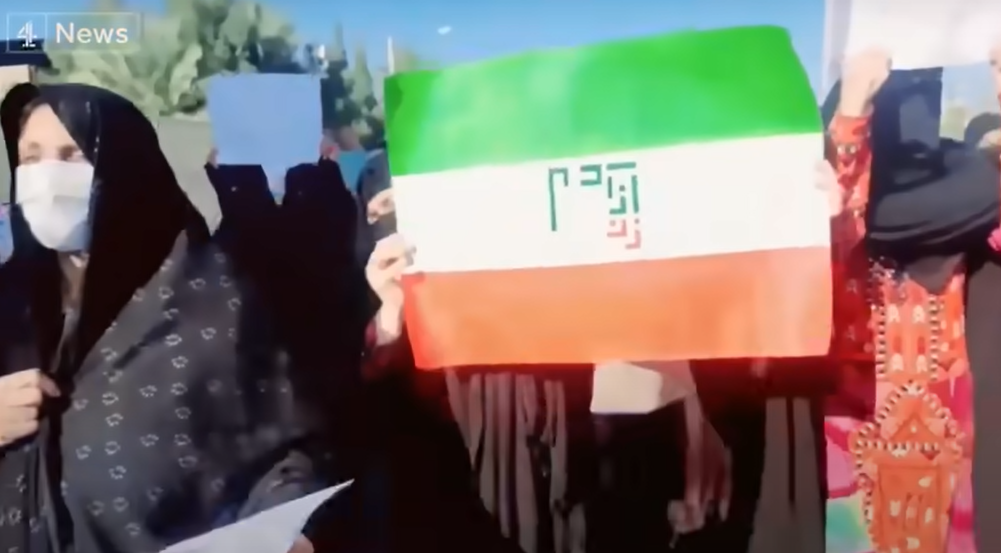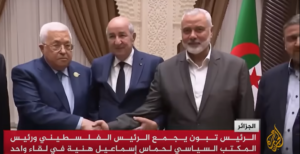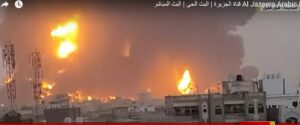Approaching the one-year mark since the tragic death of 22-year-old Mehsa Amini, a Kurdish individual, who lost her life during a visit to Tehran on September 16th last year, the Iranian Morality Police detained her for alleged improper hijab wearing, leading to her demise.
Following Amini’s passing, a groundbreaking wave of protests, dubbed the “Hijab Protest,” surged throughout Iran.
Over several months of intense demonstrations, more than 500 protesters lost their lives, and over 20,000 individuals faced arrests. Shockingly, seven protesters were executed following convictions for assaulting Iranian security personnel.
During these tumultuous protests, the “Basij” forces, a branch under the Iranian “Revolutionary Guards,” suffered the loss of 70 security personnel.
Mehsa Amini’s untimely death has become a symbol of resistance against Iran’s dictatorship and the oppression of women within the country.
Iranian women have been challenging the mandatory hijab law ever since its enactment after the “Islamic Revolution” in 1979.
The movement gained momentum, especially from 2017 onwards, when Vida Mohad took a powerful stand by climbing a telecommunications cabinet in Tehran, attaching her white headscarf to a pole and brandishing it as a flag of protest.
In the past year, the Iranian regime brutally suppressed the protests that erupted after Mehsa Amini’s death, utilizing violence, including live ammunition.
Despite ultimately succeeding in quelling the protests, a sense of discontent simmers beneath the surface, threatening to erupt anew on the anniversary of Amini’s tragic passing.
Iran’s security forces are already making preparations for the possibility of renewed unrest throughout the nation.
Despite years of persistent protests, the hardline Hiyatollah regime remains steadfast in its staunch opposition to the popular demand for the freedom to choose whether or not to wear the hijab.
Iranian President Ibrahim Raisi, infamously known as “The Butcher of Tehran,” declared just last week his commitment to eradicating the practice of hijab removal in the country.
During a press conference commemorating fallen Iranian “Revolutionary Guards” in Syria and Iraq, Raisi confidently proclaimed:
“There is no need for concern; we will undermine the hijab removal movement.”
The hijab protest stands as a formidable challenge to the Iranian regime.
President Raisi’s words insinuate that the protest is not spontaneous but rather organized and intentional, hinting at the regime’s intentions to confront anyone involved in what they perceive as a scheme by Iran’s adversaries.
Historically, the Iranian regime has accused the United States, Israel, and the United Kingdom of fomenting protests against the government.
In spite of the ban on hijab removal, Iranian women persist in defying the edict.
Presently, the Iranian parliament contemplates a new law that would impose unprecedented penalties on women who choose to discard the hijab.
However, the legislative process advances at a slow pace, as some parliamentarians fear backlash from constituents in the upcoming February parliamentary elections.
Last month, following ten months of protests, the Iranian Ministry of Interior reinstated the patrols of the “Morality Police” to address the growing trend of hijab removal among Iranian women.
Employing a combination of surveillance cameras and artificial intelligence, Iranian police can identify women who do not adhere to the hijab requirement.
The Iranian authorities have even taken measures to shut down businesses, restaurants, and companies that fail to enforce proper hijab wearing.
In a recent development, Iranian authorities prohibited a short film festival after the organizers paid tribute to artist Sawsan Taslimi by displaying a sticker from a 1982 film in which she appeared without a hijab.
Public spaces are now under the watchful eye of the Iranian police, with officers conducting vehicle and foot patrols to ensure women comply with hijab regulations.
Offenders are issued warnings, and legal action is threatened.
In a noteworthy incident, a civil court judge in the city of Waramin, located in the Tehran province, imposed a fine on a woman who removed her hijab and ordered her to perform the task of cleaning deceased bodies in a hospital.
Iran’s blatant disregard for human rights persists through its enforcement arm, the “Revolutionary Guards,” which have become a tool for internal repression within the country.
Despite the harsh crackdown on the hijab protest in recent months, the potential for resurgence remains.
Iranian women are unwilling to relinquish their quest for freedom and choice.




